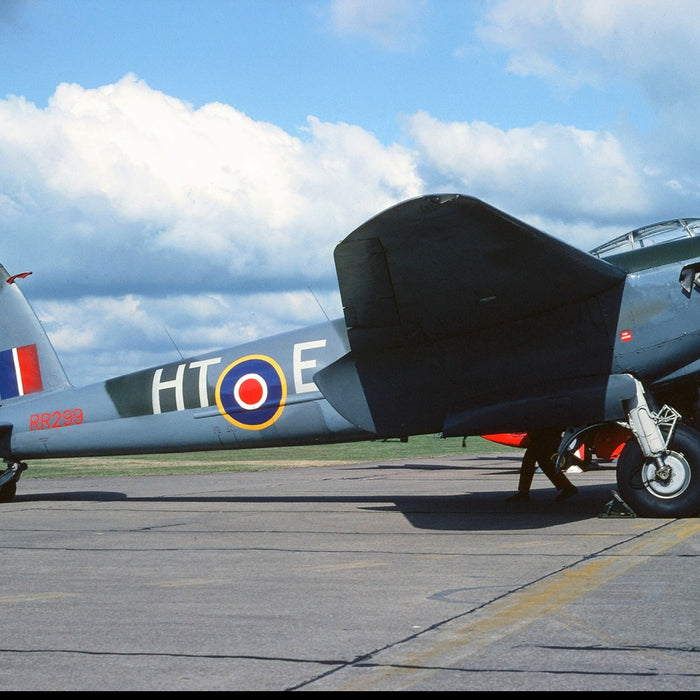
Number 82 of 100 in 100: The Lockheed Ventura ✈️
Conceptualization: The Lockheed Ventura came to life during World War II as a military take on the dependable Lockheed Model 18 Lodestar, a passenger transport aircraft. Initially created to replace the aging Lockheed Hudson bombers for the Royal Air...







